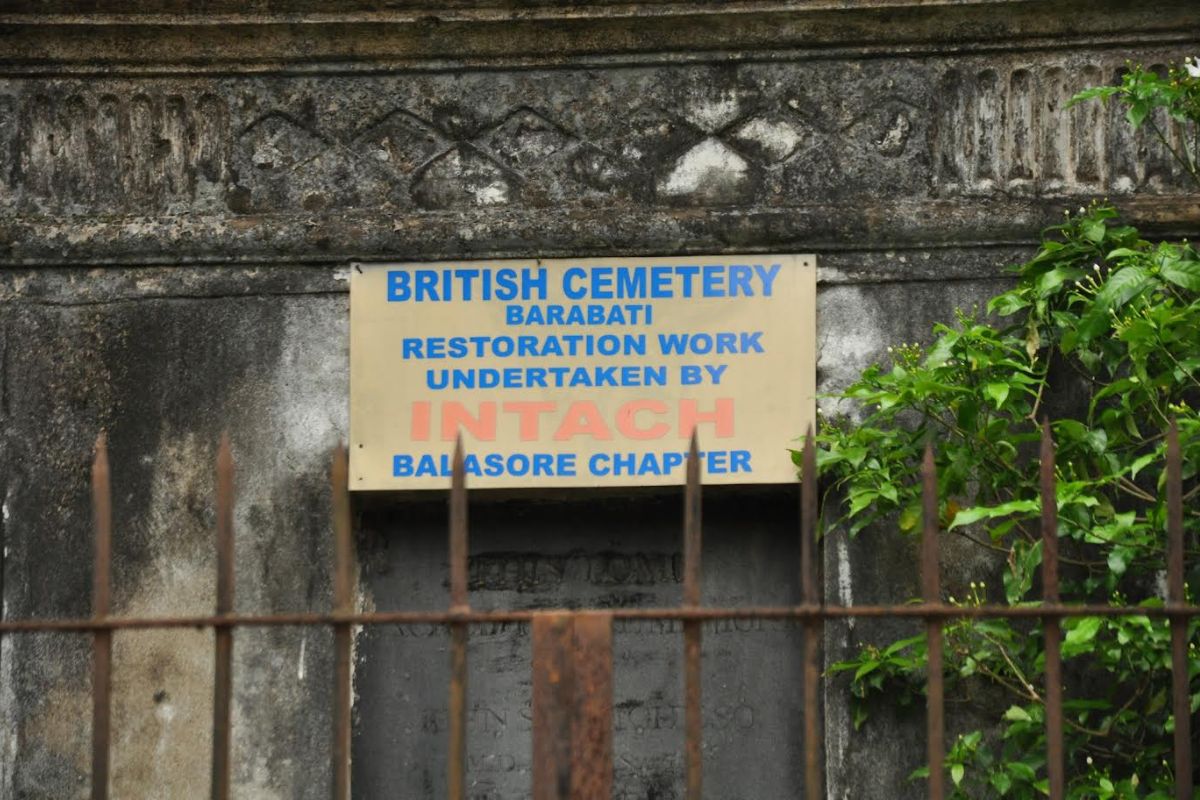Odisha contributes 42% to India’s mineral production: Report
Odisha’s Mineral revenue has reached Rs 38,075 crore in 2022-23 providing the state adequate cushion for developmental spending, the official said.
It is one of the oldest colonial era cemeteries of the state. The dilapidated and abandoned graveyard has 33 gravestones, including spires and tombs, dating back to the 18th century, said historian Anil Dhir.

The British Cemetery bearing the signature of the colonial era at Barabati in Odisha’s Balasore district is wallowing in neglect with the compound wall of the heritage graveyards allegedly vandalized by miscreants.
It is one of the oldest colonial era cemeteries of the state. The dilapidated and abandoned graveyard has 33 gravestones, including spires and tombs, dating back to the 18th century, said historian Anil Dhir.
However, in the recent past, the place has become a den for anti-social elements who have vandalised this historically important place by demolishing the compound wall, exposing the cemetery to the vagaries of street dogs and cattle. Some of the marble headstones of the tombs too have been removed. The overgrown vegetation is also spelling the ruin of this heritage site, Dhir alleged.
Advertisement
For the British, Balasore was a favoured maritime centre. The strategic location of the place bordering the Bengal province had also drawn the Dutch, French and Portuguese maritime traders to this coastal town. Besides many merchants and mariners, the graveyard also has the tombstones of both Sir Henry Rickett, the first collector of Balasore (1827-36), and his wife Lady Rickett. Lady Rickett died in Balasore while Sir Henry Rickett died in England in 1886. As per his last wish, his mortal remains were ferried by sea to this place and buried beside his wife’s grave. ‘Henry neither forgot Balasore nor Oriya’ is inscribed on the then British administrator’s tomb.
The cemetery also has the graves of Captain Morgan who had freed Balasore from the Marathas and of Sir Francis Walter, the hero of the British Royal Navy who led several battles in Madras, Goa, Harispur, Pipili port and Balasore. It also houses tombstones of five clergymen. The inscriptions have corroded with the passage of time.
The cemetery was built between 1776 and 1881. The Indian National Trust for Art and Cultural Heritage (INTACH) had been entrusted to restore the old place a few years ago and a boundary wall was constructed with the MPLAD funds of Manmath Nath Das under the supervision of the then Collector Ashwini Vaishnaw. Balasore had listed this site as a heritage site along with 73 other built heritages of the district a list of which was shared with the District Administration.
Prior to independence, cemeteries were maintained by the local executive engineer in consultation with the local chaplain. In 1949 the British government decided not to support the maintenance of the European cemeteries in India and to leave the task of caring for the graveyards to the Christian congregations. The Governments of India had given assurances that they would protect cemeteries from destruction and desecration.
A few graveyards were placed under the protection of the Archaeological Survey of India (ASI) and of state authorities. However, many of these extraordinary legacies of British India lie strewn across the nation, most of them in forgotten, weed-covered cemeteries that have little or no future in modern India, Dhir maintained.
Meanwhile Uday Ranjan Das, the Convener of Indian National Trust for Art and Cultural Heritage (INTACH)’s Balasore Chapter has written to the district authorities to have the cemetery wall reconstructed and to have the place cleared of all vegetation.
Advertisement